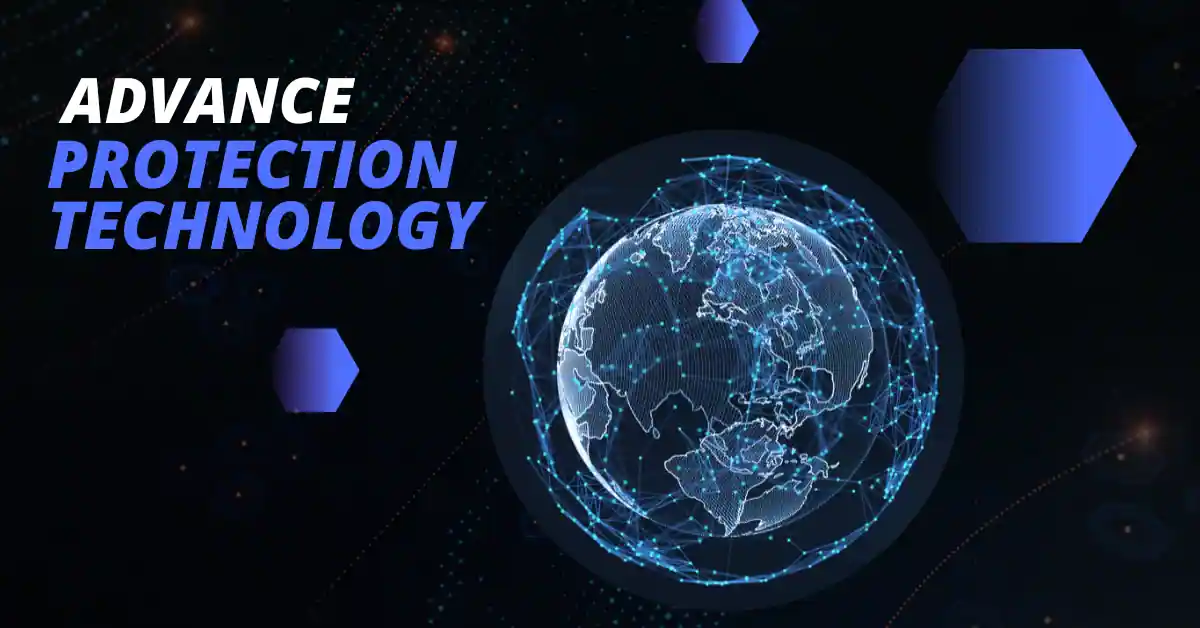In today’s world, safety and security have become more critical than ever. Whether it’s protecting our online data or ensuring our physical spaces are secure, advanced protection technologies are at the forefront of these efforts. But what exactly does that entail? Let’s dive deep into the realm of advanced protection technologies and explore how they safeguard our lives.
Table of Contents
ToggleThe Evolution of Protection Technologies
Historical Context
Protection technologies have a rich history, dating back to ancient civilizations where fortifications were built to ward off invaders. Fast forward to today, and you’ll find that the landscape of protection has dramatically transformed, largely due to technological advancements. These include the introduction of locks, alarm systems, and now, sophisticated software systems designed to thwart cyber threats.
Modern Innovations
The 21st century has seen a surge in innovative protection technologies. With the advent of the internet and mobile devices, new security concerns have emerged, leading to the development of advanced security systems that use biometrics, AI, and cloud technology to provide enhanced protection. Imagine a world where your face unlocks your phone or where security cameras can recognize faces in a crowd—this is no longer science fiction but a reality!
Key Types of Advanced Protection Technologies
Cybersecurity Solutions
As our lives become increasingly digital, cybersecurity is more crucial than ever. Technologies like firewalls, encryption, and intrusion detection systems are essential in protecting sensitive information from cybercriminals. Companies are now investing heavily in cybersecurity measures to prevent data breaches and maintain customer trust.
Physical Security Systems
Physical security technologies include surveillance cameras, access control systems, and alarm systems. These tools work together to create a secure environment for homes, businesses, and public spaces. For example, smart locks allow you to control access to your home remotely, while security cameras can stream live footage to your smartphone.
Environmental Protection Technologies
Environmental protection is another critical area where advanced technologies are making a significant impact. From air quality monitoring systems to waste management solutions, these technologies help protect our planet. Think of drones that can monitor deforestation or smart sensors that detect pollution levels in real-time.
How These Technologies Work
Artificial Intelligence in Protection
AI is revolutionizing the way we approach protection technologies. By analyzing vast amounts of data, AI can identify patterns and potential threats faster than any human could. For instance, in cybersecurity, AI algorithms can detect unusual activities and block potential attacks before they escalate.
Blockchain for Security
Blockchain technology provides a secure and transparent way to store data. Its decentralized nature makes it nearly impossible for hackers to alter information without detection. This technology is becoming increasingly popular in various fields, including finance and healthcare, as a means of ensuring data integrity.
Applications in Various Sectors
Healthcare
In healthcare, advanced protection technologies play a vital role in safeguarding patient data and ensuring the safety of medical devices. For instance, electronic health records (EHRs) are protected by encryption, ensuring that only authorized personnel have access to sensitive information.
Finance
The finance sector is heavily reliant on protection technologies to prevent fraud and data breaches. Biometric authentication, such as fingerprint and facial recognition, is increasingly used to enhance security during transactions. This helps build customer trust and ensures that their financial information remains confidential.
Government and Defense
Government and defense sectors utilize advanced protection technologies to safeguard national security. Cybersecurity measures are crucial for protecting sensitive data from foreign threats, while physical security systems help protect government buildings and infrastructure. The integration of AI in defense applications is also on the rise, enhancing decision-making processes.
Challenges and Limitations
Despite their benefits, advanced protection technologies are not without challenges. For example, reliance on technology can create vulnerabilities, such as when systems are hacked. Additionally, there are concerns about privacy and the ethical implications of surveillance technologies. As we adopt these technologies, it’s essential to address these issues to ensure that security does not come at the expense of individual rights.
Future Trends in Protection Technologies
Looking ahead, the future of protection technologies is exciting. Innovations like quantum encryption promise to enhance data security to unprecedented levels. Additionally, the integration of the Internet of Things (IoT) in security systems is set to create more interconnected and efficient protection solutions. As technology continues to evolve, so too will the strategies we use to protect ourselves and our assets.
Conclusion
Advanced protection technologies are transforming the way we secure our lives, from safeguarding personal information online to ensuring our physical spaces are safe. As these technologies evolve, they will continue to play an essential role in protecting us from emerging threats. It’s crucial to stay informed and adapt to these advancements to enhance our security in an ever-changing world.
FAQs
1. What are advanced protection technologies?
Advanced protection technologies refer to innovative systems and solutions designed to safeguard against various threats, including cyberattacks, physical security breaches, and environmental hazards.
2. How does AI enhance protection technologies?
AI enhances protection technologies by analyzing large datasets to identify potential threats and vulnerabilities quickly, often automating responses to mitigate risks.
3. What are some examples of cybersecurity solutions?
Examples of cybersecurity solutions include firewalls, encryption, intrusion detection systems, and biometric authentication methods.
4. Are there privacy concerns with advanced protection technologies?
Yes, there are privacy concerns, particularly with surveillance technologies, as they can infringe on individual rights if not implemented responsibly.
5. What future trends should we expect in protection technologies?
Future trends include advancements in quantum encryption, increased integration of IoT devices, and further developments in AI for enhanced security measures.





